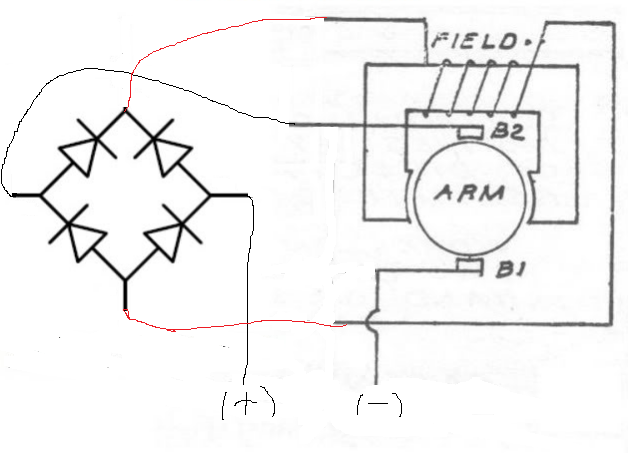I have a large collection of original 220v AC Buco trains (1950's - made in Switzerland), as well as some of Buco's "New Generation" loco's that are now being built to run on 220v DC power.
At the moment I have a dedicated transformer that provides DC power to the track when I run the newer loco's, and an isolating switch and an AC transformer to power the track when the older loco's are running. I know that the newer DC loco's won't run on AC power, but I also know the older AC loco's can run on DC current.
What I want to know is: Will the DC current adversely affect the field coils producing the magnetic force around the armatures, or even the armatures themselves in these AC powered loco's over time?
Can I run both types of loco's using the one DC transformer safely for extended periods?
Peter in sunny Queensland, Australia.



